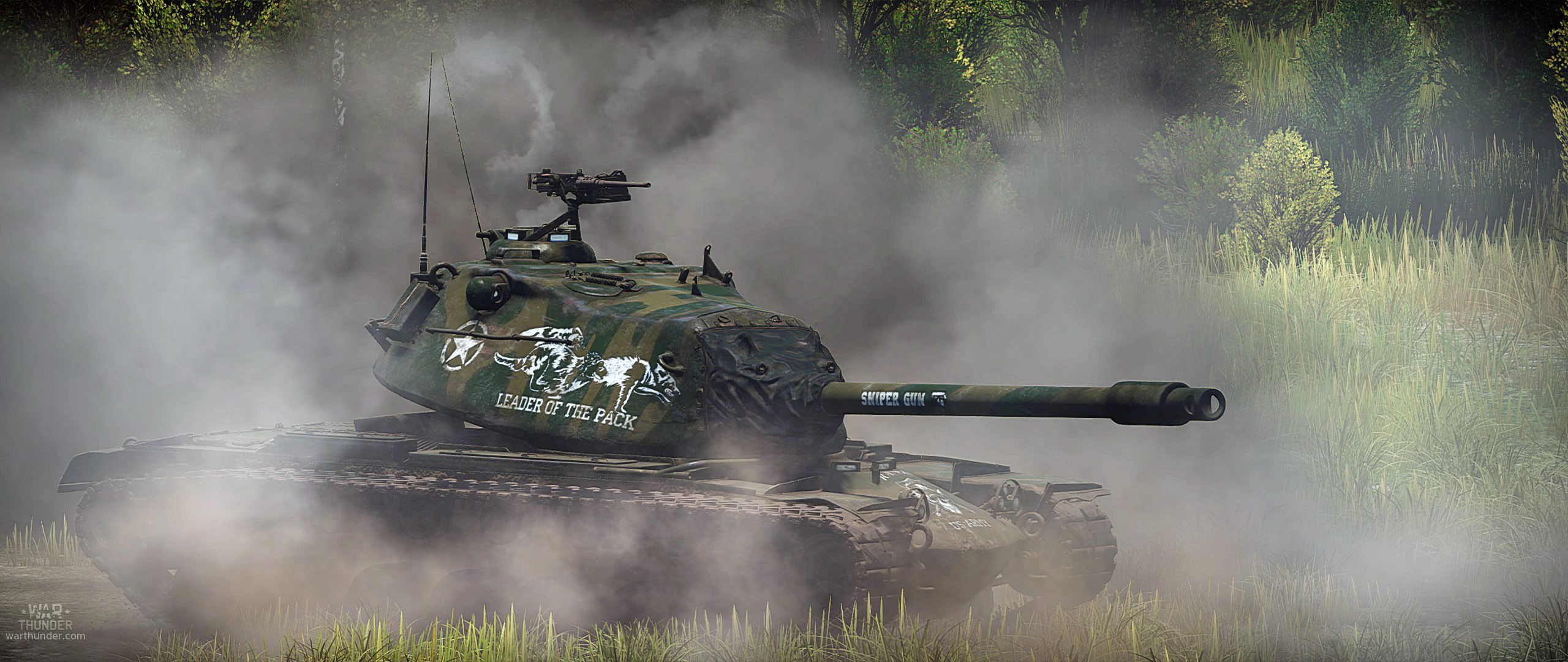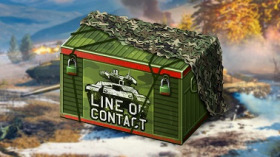
- For PC
- For MAC
- For Linux
- OS: Windows 10 (64 bit)
- Processor: Dual-Core 2.2 GHz
- Memory: 4GB
- Video Card: DirectX 11 level video card: AMD Radeon 77XX / NVIDIA GeForce GTX 660. The minimum supported resolution for the game is 720p.
- Network: Broadband Internet connection
- Hard Drive: 23.1 GB (Minimal client)
- OS: Windows 10/11 (64 bit)
- Processor: Intel Core i5 or Ryzen 5 3600 and better
- Memory: 16 GB and more
- Video Card: DirectX 11 level video card or higher and drivers: Nvidia GeForce 1060 and higher, Radeon RX 570 and higher
- Network: Broadband Internet connection
- Hard Drive: 75.9 GB (Full client)
- OS: Mac OS Big Sur 11.0 or newer
- Processor: Core i5, minimum 2.2GHz (Intel Xeon is not supported)
- Memory: 6 GB
- Video Card: Intel Iris Pro 5200 (Mac), or analog from AMD/Nvidia for Mac. Minimum supported resolution for the game is 720p with Metal support.
- Network: Broadband Internet connection
- Hard Drive: 22.1 GB (Minimal client)
- OS: Mac OS Big Sur 11.0 or newer
- Processor: Core i7 (Intel Xeon is not supported)
- Memory: 8 GB
- Video Card: Radeon Vega II or higher with Metal support.
- Network: Broadband Internet connection
- Hard Drive: 62.2 GB (Full client)
- OS: Most modern 64bit Linux distributions
- Processor: Dual-Core 2.4 GHz
- Memory: 4 GB
- Video Card: NVIDIA 660 with latest proprietary drivers (not older than 6 months) / similar AMD with latest proprietary drivers (not older than 6 months; the minimum supported resolution for the game is 720p) with Vulkan support.
- Network: Broadband Internet connection
- Hard Drive: 22.1 GB (Minimal client)
- OS: Ubuntu 20.04 64bit
- Processor: Intel Core i7
- Memory: 16 GB
- Video Card: NVIDIA 1060 with latest proprietary drivers (not older than 6 months) / similar AMD (Radeon RX 570) with latest proprietary drivers (not older than 6 months) with Vulkan support.
- Network: Broadband Internet connection
- Hard Drive: 62.2 GB (Full client)
'M103 Old Wolf' camouflage by STALINGRAD34RUS | download here
The initial appearance of heavy tanks in the United States armed forces can be traced back to the First World War. It was then that the cooperation between British and American engineers resulted in the appearance of the Mark VIII heavy tank, also known as the "Liberty Tank". At the same time, other American companies worked on different projects – this resulted in the creation of the Holt Gas-Electric prototype, as well as a steam-powered tank designed by the U.S Army Corps of Engineers. However, it was the Mark VIII that would ultimately be pressed into mass production and adopted into use by the Army. In the interwar period, the American affair with heavy tanks was cut short. The US War Department deemed heavy tanks as too unwieldy for a modern battlefield, and ordered the engineers to put more emphasis into designing mobile light and medium tanks. The development of heavy tanks was abandoned – this was also the reason why the Mark VIII stayed in service with the US Army up until 1936, when it was finally deemed as completely obsolete.
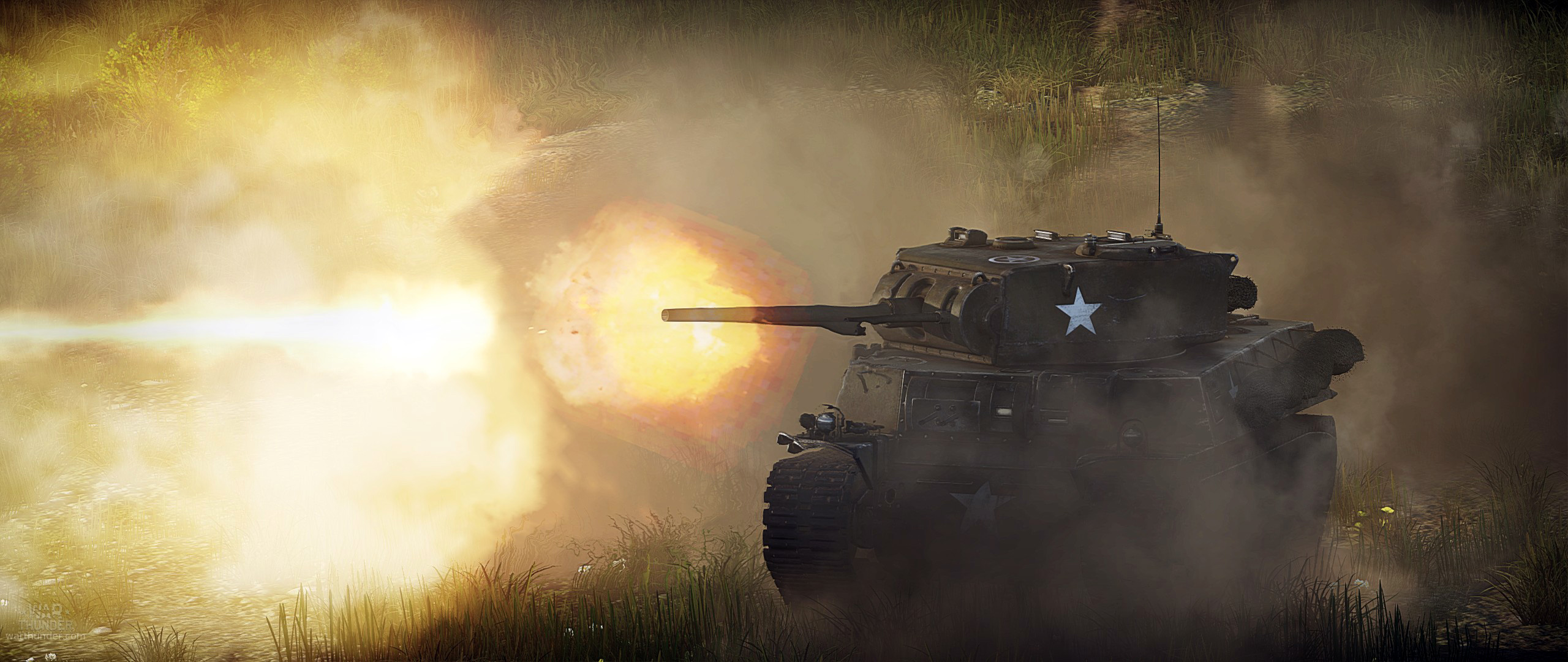 |
| The M6A1 Heavy Tank, the first heavy tank in the US Ground Forces research tree |
The outbreak of the Second World War, however, sparked a newfound interest in the heavy tank. With the reports of German Army victories in Europe, the need for a tank capable of supporting infantry and combating enemy armour seemed as high as ever. In May 1940, the Ordnance Committee decided to pursue the development of a new, 50-ton tank. At first it was supposed to be a multi turreted design, armed with a 75 mm main gun, a 37 mm auxiliary gun, a 20 mm cannon and 6 .30 caliber machine guns. However, the idea for a multi turreted tank was quickly dropped. After applying changes to the design, a wooden mock-up of the T1 Heavy Tank was presented in July 1940. The new design would only have one, fully traversable turret, equipped with both a 3 inch main gun and a 37 mm auxiliary gun. It was to be powered by the Wright G-200 engine developing 960 horsepower, coupled with a hydramatic transmission. The problem with the development of the hydramatic transmission led to delays, and finally it was substituted with a torque converter transmission. The new vehicle, designated as the T1E2, was completed by the Baldwin Locomotive Works in April 1941. It was presented to the top brass of the US Army on the 8th December 1941. The reception was favourable and the T1E2 was then accepted into production under the M6 designation, after some changes were applied to the design. The T1E3 prototype, featuring a welded hull, was also accepted under the designation "M6A1". However, tests of the vehicles found many issues with the new designs and the tanks never saw combat. There was also an attempt to up gun the tank with the new T5E1 105 mm gun. After installing a new turret, the prototype was designated as the M6A2E1. Its development was, however, stopped in August 1944.
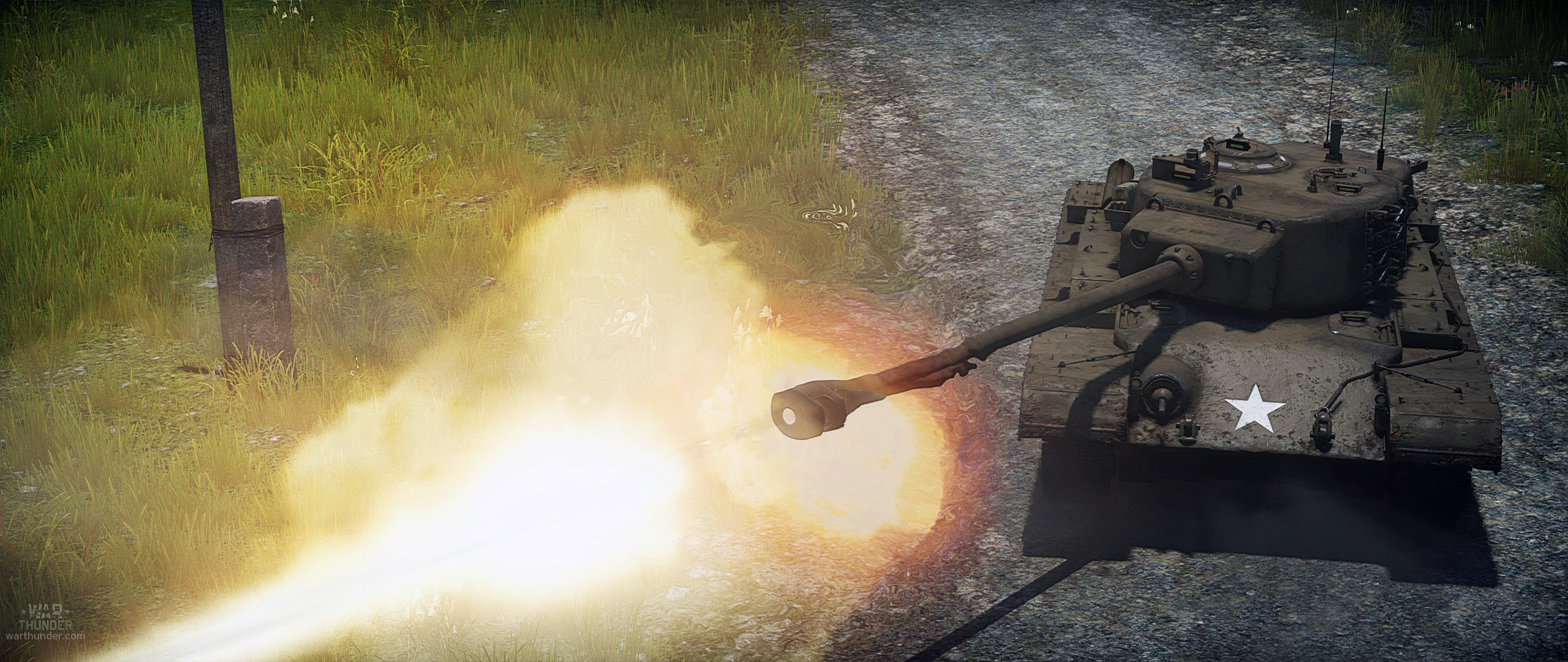 |
| The T32 Heavy Tank, an upgraded version off the M26 Pershing in War Thunder |
Still, the USA did not give up on the concept of the heavy tank. In 1944 a few parallel projects of heavy tanks were in development. The first was the T28 heavy tank project, designed as a breakthrough and assault vehicle, armed with the T5E1 105 mm gun and frontally protected by nearly 305 mm of armour. Later on the designation was changed to the T95 Gun Motor Carriage, based on the fact that the vehicle was not equipped with a turret. After the completion of the prototype in August 1945, it was then tested at the Aberdeen Proving Grounds. The development of the vehicle was then, however, given a very low priority, and the T28 program was cancelled altogether in 1947. Another batch of designs emerged after reports of German heavy tanks such as the Tiger and Tiger II reached the US mainland. In September 1944 the order was placed for the manufacture of four pilots of heavy tanks – the first two were to be armed with the T5E1 105 mm gun, used on the M6A2E1 and the T28, and were designated as the T29. The other two prototypes were to be fitted with the 155 mm T7 cannon, and designated as the T30. Both tanks were powered by the Ford GAC engine and featured cross-drive transmission systems. The T29 was even ordered into serial production; however, the end of the war in Europe meant that the demand for a heavy tank diminished. Some of the prototype models of the T29 were later outfitted with the 120 mm T53 gun, and were redesignated as the T34. At the same time, the Ordnance Board was testing the possibility of manufacturing a heavy tank based heavily on the components of the M26 Pershing medium tank. This prototype became known as the T32 and was completed in 1946. None of these heavy tanks ever entered serial production; however they were used to test many new technological solutions that proved useful in the future.
 |
| The M103 is the final development of the US heavy tanks in War Thunder |
After the new Soviet IS-3 heavy tank was unveiled during the Victory Parade in Berlin on the 7th May 1945, the American High Command became aware of the danger this new construction posed. Because of this the new War Department Equipment Review Board, also known as the "Stillwell Board", began work on selecting proper requirements for a new heavy tank capable of fighting the IS-3. In 1948 early work on a new heavy tank, designated as the T43, began. The design would feature a 120 mm gun similar to that on the T34 prototype, albeit lighter. In two years' time a full-scale mockup was ready. The outbreak of the Korean War put pressure on the designers; however, the 300 tanks were too late to join the conflict as they were finished in 1953. The tests conducted in Fort Knox uncovered flaws in the design and the vehicle was rejected by the US Army. In 1956 the T43E1 tanks were, however, standardized as the 120 mm Gun Tank M103 after changes were applied to the design. These tanks were later deployed in West Germany.
US designers experimented further – two M103 hulls were outfitted with new, oscillating turrets equipped with 120 mm guns coupled with an autoloading system. These prototypes were designated as the 120 mm Gun Tank T57; however the reliability problems of the mechanism meant that the idea never took off. The advent of the Main Battle Tank also pushed the idea of a heavy tank into obsoleteness. In the 1960s, all development of heavy tanks in the US stopped.
Author: Adam “BONKERS” Lisiewicz
With an upcoming update, we will include the Emblem of the 33rd Armored Regiment to War Thunder:
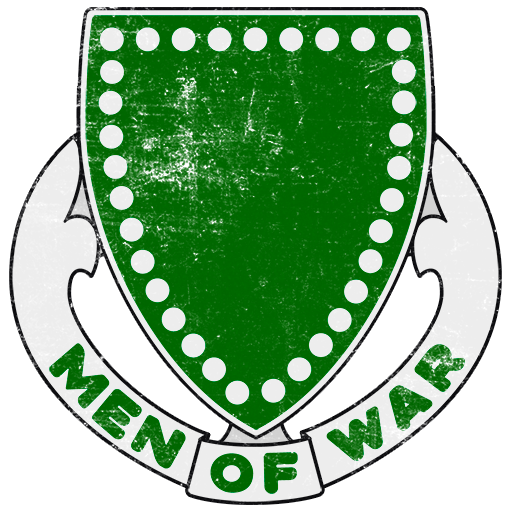
Decal made by Branislav 'InkaL' Mirkov
